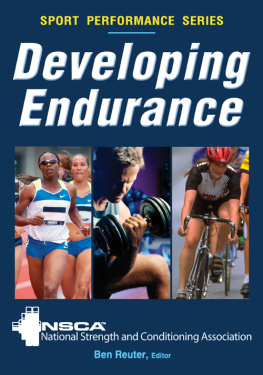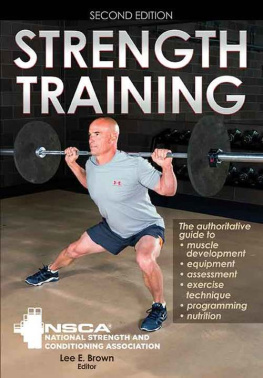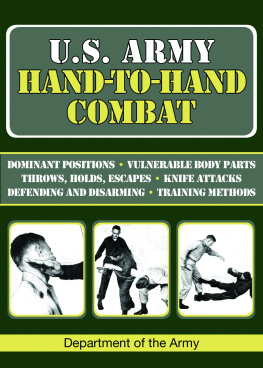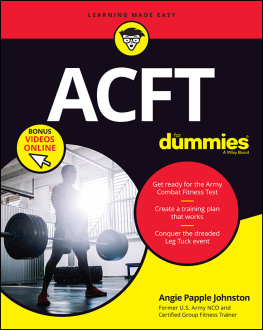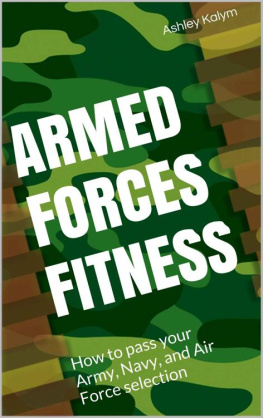Contents
Guide
Pagebreaks of the print version
Preparing for the
ARMY COMBAT FITNESS TEST

Nate Palin, MS, CSCS
Rob Hartman, MAEd, CSCS

Library of Congress Cataloging-in-Publication Data
Names: Palin, Nate, 1980- author. | Hartman, Rob, 1980- author. | National Strength & Conditioning Association (U.S.), sponsoring body.
Title: Preparing for the Army Combat Fitness Test / Nate Palin, Rob Hartman.
Description: Champaign, IL : Human Kinetics, 2021. | Includes bibliographical references.
Identifiers: LCCN 2020016345 (print) | LCCN 2020016346 (ebook) | ISBN 9781492598688 (paperback) | ISBN 9781492598695 (epub) | ISBN 9781492598701 (pdf)
Subjects: LCSH: United States. Army--Physical training. | Physical fitness. | Exercise.
Classification: LCC U323 .P35 2021 (print) | LCC U323 (ebook) | DDC 613.7076--dc23
LC record available at https://lccn.loc.gov/2020016345
LC ebook record available at https://lccn.loc.gov/2020016346
ISBN: 978-1-4925-9868-8 (print)
Copyright 2021 by the National Strength and Conditioning Association
Human Kinetics supports copyright. Copyright fuels scientific and artistic endeavor, encourages authors to create new works, and promotes free speech. Thank you for buying an authorized edition of this work and for complying with copyright laws by not reproducing, scanning, or distributing any part of it in any form without written permission from the publisher. You are supporting authors and allowing Human Kinetics to continue to publish works that increase the knowledge, enhance the performance, and improve the lives of people all over the world.
This publication is written and published to provide accurate and authoritative information relevant to the subject matter presented. It is published and sold with the understanding that the author and publisher are not engaged in rendering legal, medical, or other professional services by reason of their authorship or publication of this work. If medical or other expert assistance is required, the services of a competent professional person should be sought.
The web addresses cited in this text were current as of March 2020, unless otherwise noted.
Senior Acquisitions Editor: Roger W. Earle; Developmental Editor: Amy Stahl; Copyeditor: Marissa Wold Uhrina; Permissions Manager: Martha Gullo; Senior Graphic Designer: Joe Buck; Cover Designer: Keri Evans; Cover Design Specialist: Susan Rothermel Allen; Photograph (cover): Courtesy of the U.S. Army/Capt. Daniel Parker; Photographs (interior): Human Kinetics / Alberto Leopizzi, unless otherwise noted; Photo Asset Manager: Laura Fitch; Photo Production Specialist: Amy M. Rose; Photo Production Manager: Jason Allen; Senior Art Manager: Kelly Hendren; Illustrations: Human Kinetics; Printer: Walsworth
We thank the National Strength and Conditioning Association in Colorado Springs, Colorado, for providing the location for the photo shoot for this book. We also thank Matthew Sandstead, NSCA-CPT,*D for his assistance in overseeing the photo shoot.
Human Kinetics books are available at special discounts for bulk purchase. Special editions or book excerpts can also be created to specification. For details, contact the Special Sales Manager at Human Kinetics.
Printed in the United States of America
10 9 8 7 6 5 4 3 2 1
The paper in this book was manufactured using responsible forestry methods.
Human Kinetics
1607 N. Market Street
Champaign, IL 61820
USA
United States and International
Website: US.HumanKinetics.com
Email: info@hkusa.com
Phone: 1-800-747-4457
Canada
Website: Canada.HumanKinetics.com
Email: info@hkcanada.com
E8088

CONTENTS
INTRODUCTION
SUMMARY OF HOW TO USE THIS BOOK
The arrival of the Army Combat Fitness Test (ACFT) causes concern within Army leadership and subordinate soldiers alike because passing the new test requires a more advanced training approach than its Army Physical Fitness Test (APFT) predecessor. Commonly expressed concerns include passing rates (particularly for female soldiers), logistics of training and testing, and potential for injury. The FM 7-22: Army Physical Readiness Training field manual (see the web address in the Suggested Resources section of the book) provides leaders with guidance on how to train physically; however, FM 7-22 can be an overwhelming reference that does not effectively communicate a viable training plan to soldiers, particularly with the desired result of passing the ACFT. To bridge the divide left by FM 7-22, this book serves as a comprehensive training guide for both soldiers looking to individually improve their scores and leaders responsible for preparing their soldiers to pass the ACFT.
There is no substitute for direct engagement with a certified strength and conditioning coach. However, Preparing for the Army Combat Fitness Test provides a viable solution by describing the ACFT in detail, advising how to evaluate and interpret your results, and providing comprehensive training programs to improve your performance outcomes. An extensive section explains how to safely and effectively execute the exercises assigned within the training programs. Alternative exercises are identified in case you are training under conditions that are less than ideal. This book serves as a standalone resource to help you effectively increase your ACFT score by enhancing essential components of performance.
To best use this book, invest some time in reading ). Testing upon completion of your selected program serves as a guide for progressive training and allows you to determine which program fits your newly trained state.
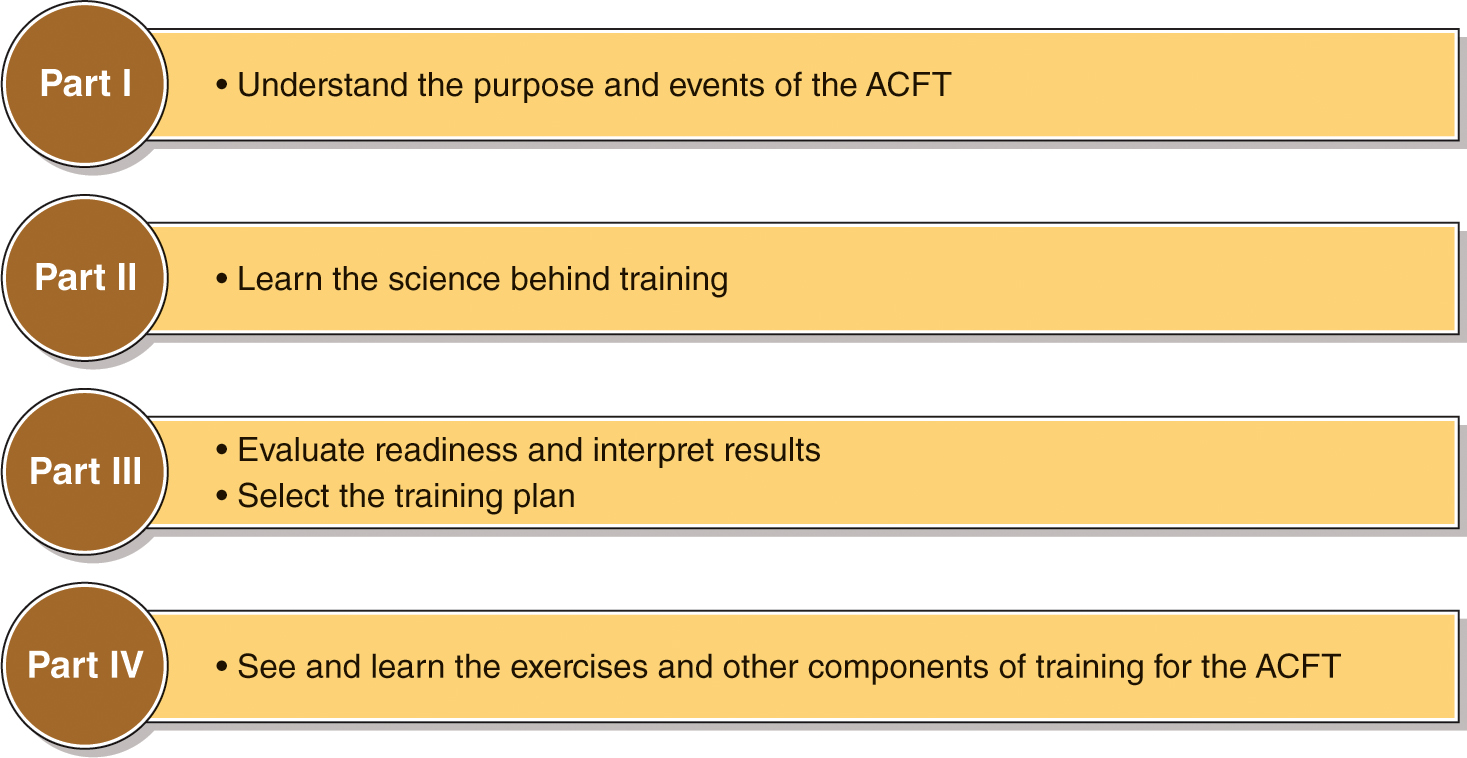
Figure I.1How to navigatePreparing for the Army Combat Fitness Test
HISTORY OF MILITARY FITNESS TESTING
Before embarking on training for the Armys latest physical fitness test, it helps to understand and appreciate its origins. The Army has a long history of physical testing dating back to the 1850s. The Individual Efficiency Test of 1920 required sprinting, jumping, climbing, throwing, and navigating an obstacle course; furthermore, initial science-based test events in the 1940s consisted of pull-ups, burpees, squat jumps, push-ups, man carries, sit-ups, and a 300-yard (274 m) run.
Ironically, these earlier assessments reflected an appreciation for performing job-relevant activities, a concept aligned with the reemerging trend of functional fitness. Mandatory testing did not occur until the mid-1960s. Shortly thereafter, standardization of the APFT was attempted in an effort to reduce the Armys excessive variety of assessments. Considered less functional by experts in the field of human performance, the APFT was officially incorporated around 1980 as a result of popular American societys shift in fitness trends.


